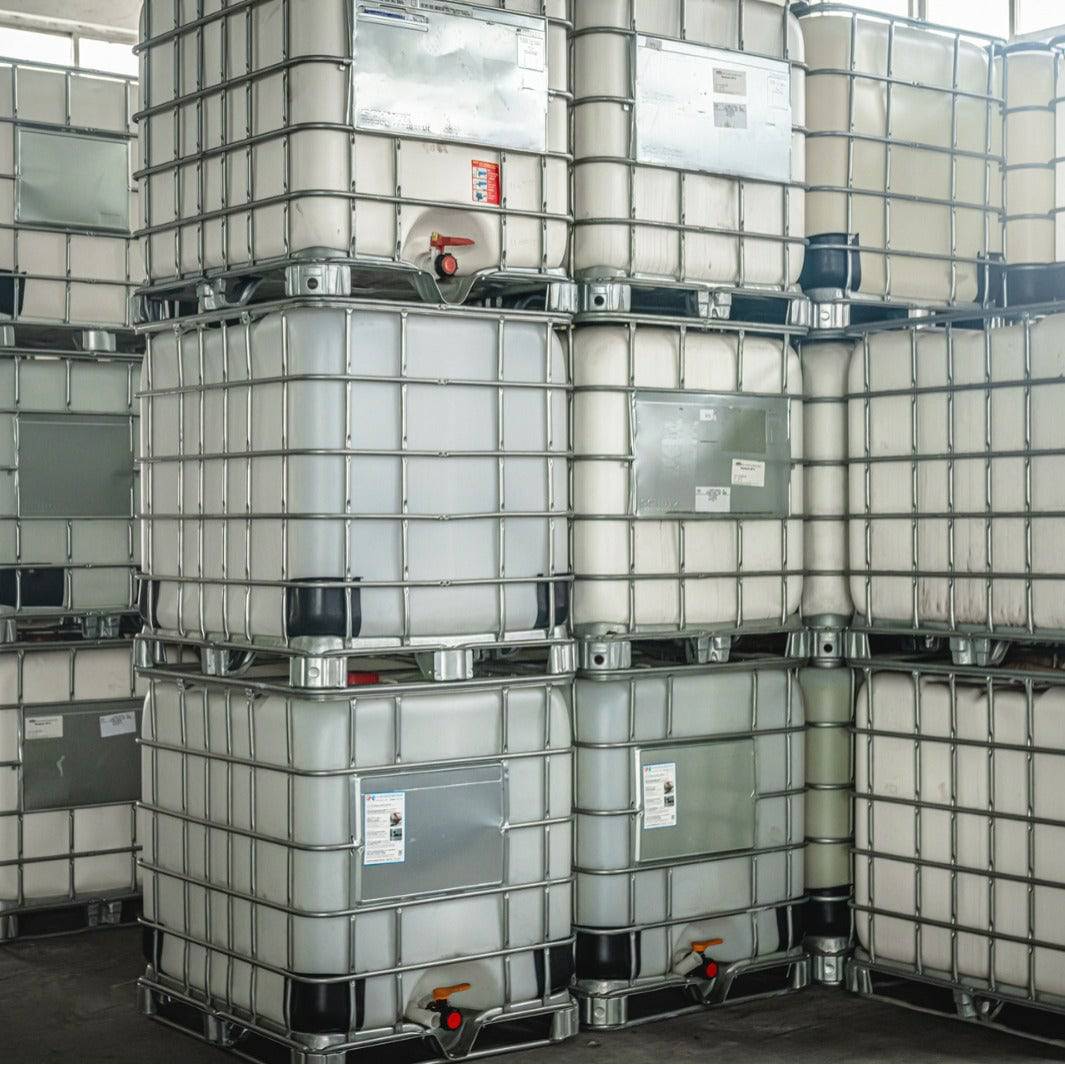The smart Trick of Chemie That Nobody is Talking About
The smart Trick of Chemie That Nobody is Talking About
Blog Article
The Chemie Statements
Table of ContentsSome Ideas on Chemie You Should Know3 Simple Techniques For ChemieChemie Can Be Fun For AnyoneChemie for BeginnersChemie - An OverviewIndicators on Chemie You Should Know
By Bojanna Shantheyanda, Sreya Dutta, Kevin Coscia and David SchiemerDynalene, Inc. Fluid air conditioning, which can be accomplished making use of indirect or straight ways, is utilized in electronic devices applications having thermal power densities that may exceed risk-free dissipation via air cooling. Indirect fluid cooling is where heat dissipating electronic parts are literally separated from the liquid coolant, whereas in case of straight air conditioning, the elements remain in direct call with the coolant.In indirect cooling applications the electric conductivity can be vital if there are leakages and/or spillage of the liquids onto the electronics. In the indirect air conditioning applications where water based liquids with rust inhibitors are usually made use of, the electric conductivity of the liquid coolant generally depends upon the ion concentration in the liquid stream.
The rise in the ion concentration in a shut loophole fluid stream may take place as a result of ion leaching from metals and nonmetal parts that the coolant liquid touches with. During procedure, the electrical conductivity of the fluid might enhance to a degree which can be dangerous for the air conditioning system.
The 8-Second Trick For Chemie
(https://www.blogtalkradio.com/betteanderson)They are grain like polymers that are capable of exchanging ions with ions in an option that it touches with. In the existing work, ion leaching tests were executed with numerous steels and polymers in both ultrapure deionized (DI) water, i.e. water which is dealt with to the highest degree of pureness, and reduced electric conductive ethylene glycol/water mixture, with the determined modification in conductivity reported in time.
The samples were permitted to equilibrate at space temperature level for two days before taping the initial electric conductivity. In all tests reported in this research study fluid electric conductivity was measured to a precision of 1% using an Oakton disadvantage 510/CON 6 series meter which was adjusted before each measurement.
The Ultimate Guide To Chemie
from the wall heating coils to the facility of the furnace. The PTFE example containers were put in the furnace when stable state temperature levels were reached. The examination configuration was eliminated from the furnace every 168 hours (7 days), cooled to area temperature level with the electrical conductivity of the liquid determined.
The electrical conductivity of the liquid sample was kept track of for a total of 5000 hours (208 days). Number 2. Schematic of the indirect closed loop cooling down experiment set up - silicone synthetic oil. Table 1. Components utilized in the indirect shut loop cooling down experiment that are in call with the fluid coolant. A schematic of the speculative arrangement is displayed in Figure 2.

Excitement About Chemie
The adjustment in liquid electric conductivity was kept track of for 136 hours. The fluid from the system was accumulated and saved.

0.1 g of Dowex resin was included in 100g of liquid examples that was absorbed a different container. The blend was stirred and alter in the electrical conductivity at space check it out temperature was determined every hour. The determined modification in the electrical conductivity of the UP-H2O and EG-LC test fluids including polymer or metal when immersed for 5,000 hours at 80C is shown Figure 3.
How Chemie can Save You Time, Stress, and Money.
Ion leaching experiment: Measured change in electrical conductivity of water and EG-LC coolants including either polymer or metal examples when immersed for 5,000 hours at 80C. The outcomes show that steels added less ions right into the liquids than plastics in both UP-H2O and EG-LC based coolants.
Fluids containing polypropylene and HDPE displayed the most affordable electrical conductivity modifications. This can be as a result of the short, rigid, direct chains which are much less likely to contribute ions than longer branched chains with weak intermolecular forces. Silicone additionally executed well in both examination fluids, as polysiloxanes are typically chemically inert as a result of the high bond energy of the silicon-oxygen bond which would prevent destruction of the product into the fluid.
The Best Strategy To Use For Chemie
It would certainly be expected that PVC would generate comparable results to those of PTFE and HDPE based on the similar chemical frameworks of the products, nevertheless there may be other contaminations existing in the PVC, such as plasticizers, that might affect the electrical conductivity of the liquid - therminol & dowtherm alternative. In addition, chloride groups in PVC can additionally seep into the examination liquid and can cause a rise in electrical conductivity
Polyurethane completely disintegrated right into the examination fluid by the end of 5000 hour examination. Prior to and after images of steel and polymer samples immersed for 5,000 hours at 80C in the ion seeping experiment.
Measured adjustment in the electrical conductivity of UP-H2O coolant as a feature of time with and without material cartridge in the shut indirect cooling loophole experiment. The gauged modification in electrical conductivity of the UP-H2O for 136 hours with and without ion exchange resin in the loop is received Number 5.
Report this page